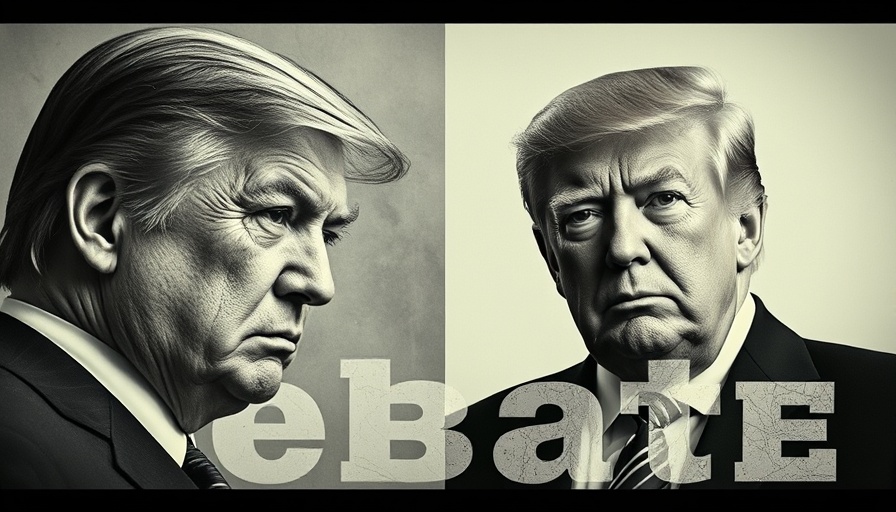
Understanding the Controversial Statue in Times Square
The recent installation of a 12-foot statue titled "Grounded in the Stars" in Times Square has ignited a firestorm of debate, particularly among conservatives who perceive it as emblematic of the left's disconnection from traditional values. Created by artist Thomas J. Price, the statue depicts an overweight woman in everyday attire, seemingly capturing the frown of modern frustration, which many see as an absurd departure from heroic representation.
In 'The New Statue in Times Square Explains the Left’s Collapse', the discussion dives into the cultural implications of the new statue, exploring key insights that sparked deeper analysis on our end.
Is This Representation or Ridicule?
Critics argue that this statue fails to inspire or represent the heroic ideals upheld throughout American history. The traditional figures of George M. Cohan and Father Francis Duffy have garnered respect through their myriad contributions to society. The contrast presented by Price’s statue prompts reflection not just on art, but on values themselves. It's provoking questions about whether we celebrate accomplishments or merely exist in our circumstances.
Challenging the Concept of Heroism
This new statue raises concerns about a growing cultural narrative that favors representation over inspiration. Instead of celebrating extraordinary feats, it suggests that mediocrity can be valorized, divesting the term 'hero' of its profound and aspirational meaning. This sentiment resonates deeply with conservative values, which often celebrate hard work, dedication, and those who elevate society through their achievements.
Democratic Policies Under Scrutiny
The unveiling of the statue comes amid broader critiques of the Democratic Party's policies, which appear increasingly disconnected from Americans’ realities. As articulated by various commentators, these policies reflect a misunderstanding of what resonates with voters, particularly in the heartland where tradition and recognizable heroism still hold substantial value. The statue stands as a symbol of the left's struggle to articulate a coherent and relatable message to the electorate, further widening the rift between political factions.
Reflecting on the Sociopolitical Landscape
Just days after the statue’s debut, political tensions escalated as pro-Palestinian students occupied a library at Columbia University, demanding recognition for figures like Basel Aaraj—whose history consists of organizing terror attacks. This incident, along with the statue’s message, paints a picture of a left that is increasingly pulling away from mainstream American values, further solidifying conservative narratives that center on accountability, achievements, and clear standards for heroism.
What Comes Next for Conservatives?
With the left seemingly veering away from traditional values and aspirations, conservatives have an opportunity to reclaim the narrative around heroism and what it means to be an American. This can be achieved by focusing on community engagement, upholding democratic values, promoting economic growth, and emphasizing the importance of family ties. As debates continue, the statue in Times Square serves not just as a work of art but as a significant cultural touchstone that highlights the challenges and opportunities facing the Republican party.
In reflecting on these events and their implications for American democracy, conservatives can engage their communities in meaningful conversations around what makes America great. The cultural landscape is ripe for re-engagement and a renewed focus on values that resonate with everyday Americans.
In conclusion, the dialogue surrounding the "Grounded in the Stars" statue encapsulates deeper cultural issues. It's a reminder that for conservatives, this moment carries a significant call to action to clarify and articulate a vision for America that is rooted in tradition, achievement, and hope.
As we navigate these discussions within our neighborhoods, consider how our community can work together to foster relationships grounded in shared values and mutual respect. It's through these connections that we can make a meaningful impact moving forward.
 Add Row
Add Row  Add
Add 




 Add Row
Add Row  Add
Add 

Write A Comment